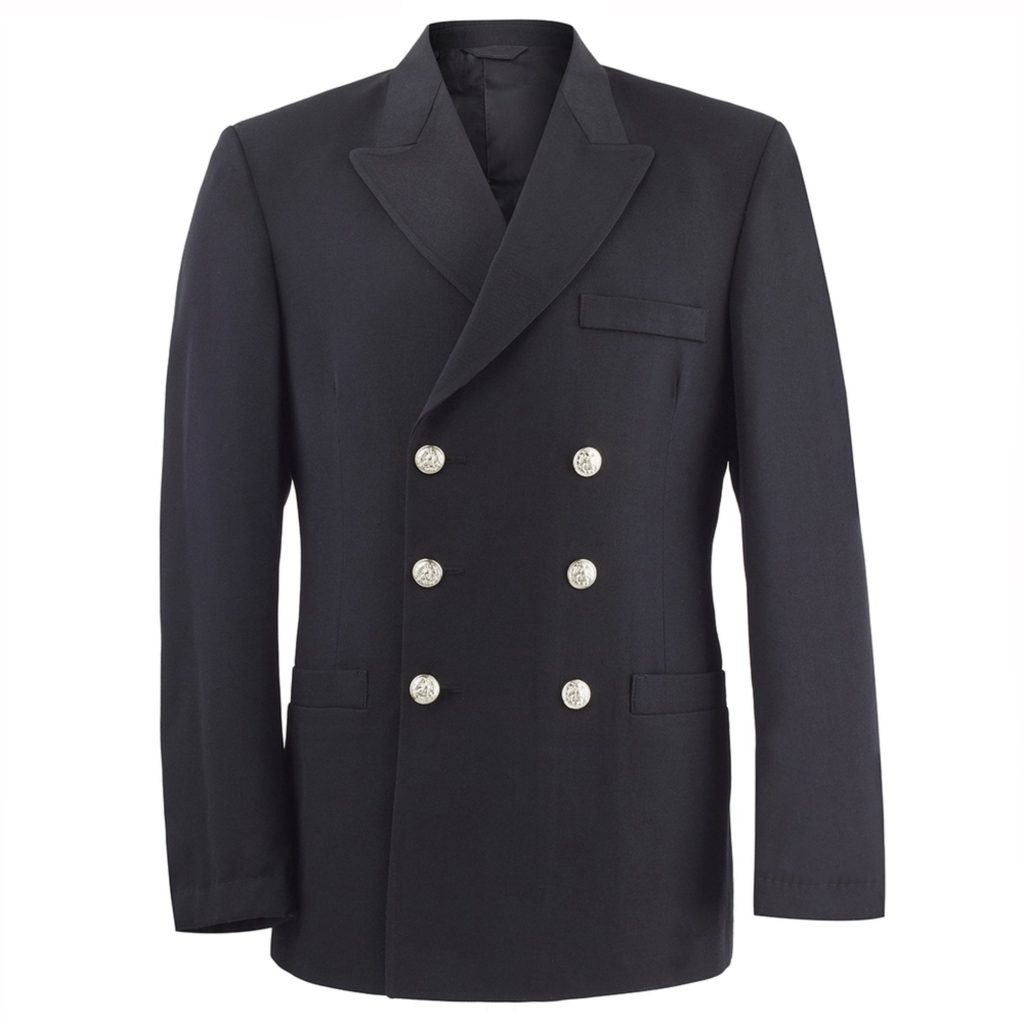The Basics of Suit Jacket Alterations
How to tailor a suit jacket? Suit jacket alterations are key to achieving a perfect fit. Tailors can adjust your jacket to better match your body shape, ensuring both comfort and style. When considering alterations, keep in mind that not all adjustments are possible or financially sensible. The most common adjustments involve the seams, as they allow the fabric to be taken in or let out. Here are the basics you should understand:

Understanding Jacket Sleeve Alterations
Jacket sleeve alterations are a common request at tailor shops. Achieving the right sleeve length and fit is vital for a sharp look. Here’s what you need to know about adjusting your suit jacket sleeves:
- Lengthening Sleeves: Tailors can lengthen sleeves if excess fabric is present. The adjustment is limited to the amount of available fabric tucked inside the cuff.
- Shortening Sleeves: Reducing sleeve length is more common and less complicated. Tailors will trim the fabric at the cuffs, taking care not to affect the buttons or the overall sleeve design.
- Slimming Sleeves: This involves tapering the sleeves for a closer fit. Your tailor must consider the lining and ensure that the alterations do not restrict movement.
- Opening Sleeves: Adding working buttonholes to decorative cuffs, known as ‘surgeon’s cuffs’, can be done if enough fabric is available.
Communicate clearly with your tailor about the desired outcome. They will provide guidance on what’s doable based on your jacket’s design and fabric allowance. Tailor-made adjustments can transform the look of your jacket, so consider the impact of sleeve alterations on the overall appearance before proceeding.
Adjusting the Shoulders and Collar
When tailoring a suit jacket, adjusting the shoulders and collar is crucial for an ideal fit. These areas can impact your overall silhouette and comfort. However, they are complex and can be costly to alter. Here are key points to remember:
- Shoulder Adjustments: Extending jacket shoulders is technically possible but rarely recommended. Tailors find this alteration challenging. It’s often a costly process with no guarantee on the jacket’s integrity. Reduction is feasible but involves intricate work, like reshaping the armhole and chest. This also adds to the cost.
- Collar Fixes: Common issues like a gapping collar can be addressed. Tailors can adjust the fit to ensure the collar sits flush against your neck. If the back of the neck has a roll, that too can be smoothed out.
- Shoulder Padding: Padding in the shoulders can be removed for a more natural shoulder line. This change requires the shoulders to be re-cut, which may alter the jacket’s look.
Always consult a professional tailor about the extent of possible alterations. They can advise on the likelihood of success and the expected costs. Making these adjustments can improve your jacket’s fit, but they’re complex. Ensure you have a clear understanding of the risks involved.

Tailoring the Chest and Stomach Area
When refining the fit of a suit jacket, adjustments to the chest and stomach are common. Here are the key considerations for tailoring these areas:
- Chest Alterations: If your jacket is tight across the chest, creating a ‘pop’ in the lapels, it’s likely too small. A tailor can let out the seams, provided there’s extra fabric available. Conversely, if the jacket is too loose, a tailor can take it in for a sharper silhouette. When increasing chest size, always check for enough allowance in the fabric first.
- Stomach Reductions: Jackets can be made slimmer in the midsection by taking in the fabric at the seams. This adjustment must avoid pocket placements to maintain the jacket’s design.
- Difficulty and Cost: Tailoring around the stomach and chest is intricate due to the complex fitting required. It can be expensive, so weigh the benefits against the costs.
- Relocation of Buttons: For minor stomach adjustments, moving the front button slightly can help provide a more comfortable fit, without the need for extensive alterations.
- Sizing Up: If you’re experiencing tightness, sometimes it’s better to size up and then have a tailor reduce where necessary for a customized fit. Remember, alterations should enhance comfort and not restrict movement.
Tailoring in the chest and stomach areas can dramatically improve how a suit jacket looks and feels. Discuss your needs with your tailor, who can provide expert guidance on feasible alterations. Keep in mind the amount of fabric available and the overall balance of the jacket to ensure a successful adjustment.
Refining Jacket Length and Proportions
When it comes to fine-tuning a suit jacket, length and proportions play a key role. Proper jacket length ensures a polished, tailored appearance that complements your overall look. Here are the primary aspects to consider when adjusting jacket length and proportions:
- Jacket Length: A tailor can shorten a suit jacket but be cautious. Shortening too much can affect the jacket’s balance. Pockets and button stance may appear disproportional after such alterations.
- Proportions: When adjusting length, maintain harmony with the rest of the jacket. The tailor must preserve the jacket’s original design aesthetic.
- Jacket Bottom: Shortening a jacket brings the hemline closer to the pockets. This could result in a cramped appearance if not done right.
- Alteration Feasibility: Extending a jacket is not usually possible. Jackets are crafted with precise proportions in mind, and altering this can misshape the garment.
- Overall Fit: When refining the jacket’s fit, consult your tailor. They will evaluate if the desired changes can be done without ruining the jacket’s integrity.
Seek a professional tailor who understands how to maintain the integrity of the original design while making necessary changes. A good tailor will offer guidance and ensure the alterations keep your jacket looking sharp and suitable for your body type.

The Risks and Limits of Suit Alteration
When considering how to tailor a suit jacket, it’s crucial to be aware of the risks and limits involved. Although suit alterations can transform the fit and look of a jacket or trousers, there are boundaries to what can be achieved. It’s important to understand that certain alterations carry a higher risk of negatively impacting the suit’s appearance or structure. Here are some key points to consider:
- Fabric Limitations: Your suit jacket and trousers have limited fabric available for alterations. This is especially true for letting out seams to make a garment larger.
- Design Preservation: Excessive altering can distort the original design, ruining the suit’s lines and proportions.
- Cost-Benefit Analysis: Tailoring can be expensive. Assess whether the cost of alteration is justified by the improvement in fit and appearance.
- Resale Value: Over-alteration could reduce a suit’s resale value.
- Tailoring Expertise: Not all tailors have the skills needed for complex adjustments. It’s vital to choose a tailor who is experienced in the specific alterations you require.
- Alteration Reversibility: Some changes cannot be undone. Shortening a jacket, for example, is permanent.
It’s always best to consult with a professional tailor to get their opinion on what can realistically be done. They can help weigh the risks and provide advice on whether alterations are the right choice or if it’s better to look for a new suit that fits better from the start.
Choosing a Tailor and Assessing Suit Alteration Needs
Choosing the right tailor is critical for successful suit alterations. Here are steps to follow:
- Research Tailors: Look for skilled tailors with good reviews. Personal recommendations can help.
- Experience: Ensure they have experience in suit alterations. Ask to see previous work if possible.
- Discuss Alterations: Clearly explain what you need. Use simple terms and be concise. The tailor should understand your requests.
- Assessment: Let the tailor assess your suit. They should check the fit and suggest changes.
- Get a Quote: Know the cost upfront. Make sure it’s within your budget.
- Consider Time: Ask how long alterations will take. Ensure it fits your schedule.
How to tailor a suit jacket? While choosing a tailor, remember the alteration limits. Some changes might not be worth the cost or risk. Check how much fabric is available. This determines what alterations can be done. Sometimes buying a new suit that fits better is a smarter choice.

